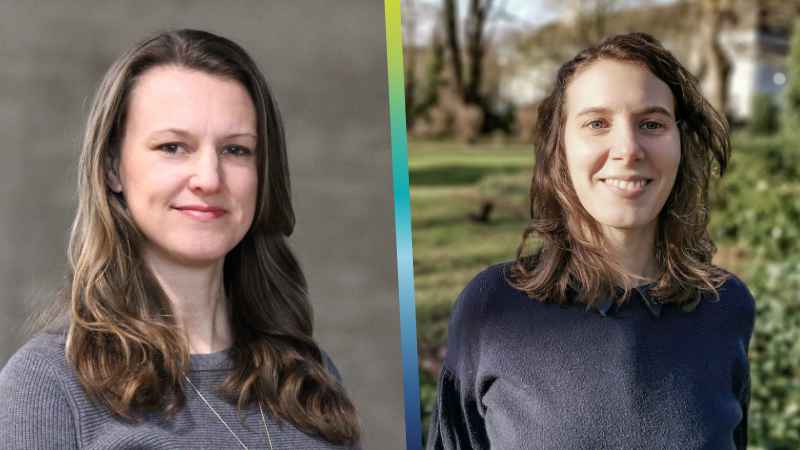Since February Rita Mateus and Natalie A. Dye are colleagues at the PoL and the Max Planck Institute of Molecular Cell Biology and Genetics (MPI-CBG) and have now published their first review together “Growth across scales: Dynamic signaling impacts tissue size and shape” at Current Opinion in Cell Biology (Elsevier).
The new research group leaders have an interest in similar topics – morphogenesis and organ growth – and are already working closely together. Both aim to answer the unresolved question of how tissues acquire specific sizes and shapes, by using biophysical approaches. In this review article, they merged their expertise and insight. The interdisciplinary teams aim to bridge between experimental, computational and theoretical approaches here in Dresden. This once again shows the culture of collaboration happening in Dresden, where research integrates different disciplines, institutes and people from all over the world. The cooperation strengthens the ties between TU Dresden and MPI-CBG, and will shed more light on how organismal morphology is specified.
Rita Mateus leads a joint research group between PoL and the MPI-CBG with tenure track to a TU Dresden Professorship. She established the Biophysical Principles of Vertebrate Growth laboratory and is the first DRESDEN-concept research group leader.
Natalie Dye leads the research group Biophysics of epithelial growth and tumorigenesis at the Cluster of Excellence Physics of Life (PoL), TU Dresden, and the Mildred Scheel Early Career Center Dresden. Her group will move from the MPI-CBG to PoL this summer.
